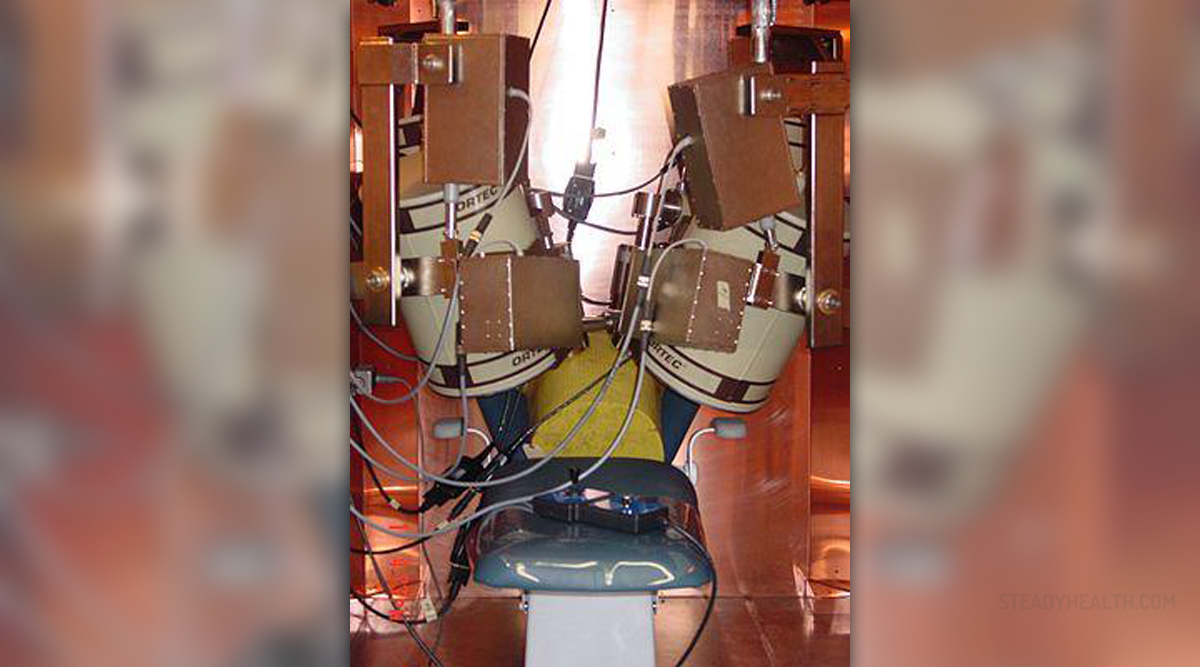
Lung Capacity Test
The lung capacity test measures the functionality of the lungs and diagnoses how much air the lungs can hold over a short period of time, how quickly the person is able to inhale or exhale, as well as how efficient the lungs are in taking the oxygen in and releasing the carbon dioxide out. Pulmonary function tests are used for a variety of reasons including scanning for diseases, diagnosing existing illnesses, monitoring the effects of therapy, and assessing treatment outcomes. In order to properly measure lung function more than one test is necessary. Some of the tests may be repeated after the patient has been asked to inhale a medicine that expands the airways.Spirometry
There are few types of lung capacity tests, and one of the most common is called a spirometry. The primary aim of spirometry is to assess how much and how fast a person can exhale all the air out of the lungs. The test is easy to perform and does not require any preparation. The patient is asked to blow into a mouthpiece as hard as possible. The tube is attached to a computer that generates the results. In most instances the results are discussed immediately, but the report needs to be sent to a referring doctor in order to make the proper diagnosis or to initiate further testing. Further, there are numerous elements related to lung capacity measured during the spirometry. For instance, the test measures how much air the person breaths in normally and how much with force. Also, the test will look at the amount of air that is left in the lungs after the person has exhaled completely. The amount of air that is left in the lungs after breathing normally is also taken into consideration. The total capacity of the lungs is computed by measuring the amount of air after the deepest possible inhale. The person will then be asked to exhale slowly to see how much air can be expelled from the lungs. Quick breathing will also be determined, or the individual will be asked to take as many breaths in and exhale fast within a period of one minute. The test takes into consideration the airflow half way into an exhale. After taking the deepest breath the patient will need to exhale as fast as possible to measure the vital capacity. Finally, the test will also look into the amount of air the person can exhale in one forced breath.Other Lung Capacity Tests
In addition to spirometry, there are various other pulmonary tests that are often employed for diagnostic purposes. Carbon monoxide diffusing capacity is a test that assesses how well a person can transport a small amount of carbon monoxide into blood. There are two ways to administer this test. The person may be asked to inhale carbon monoxide in one breath and the amount of the exhaled carbon monoxide is taken into consideration. The other type of test requires the person to breath the air containing a small amount of carbon monoxide and the results are based on the same principle. Another test, called arterial blood gases, determines the amount of oxygen vs. carbon dioxide in the blood of a person. The more general gas diffusion tests are focused on the amount of oxygen as well as other gasses that go through the lungs per minute. The primary aim of gas diffusion tests is to measure how well the gases are absorbed into the blood. Further, a test called a multiple – breath washout test is employed to test individuals suffering from cystic fibrosis. During the test the patients are asked to inhale air that contains a tracer gas and then to breathe in regular air. Once the person exhales after breathing in clean air the amount of tracer gas is measured. High results on this test point to malfunctioning lungs. Exercise stress test determines the effects of physical exercise on the lungs. Spirometry testing is sometimes done before and after exercising. Body plethysmography is used for determining the total lung capacity. The patient is asked to breath through a tube while pressure and air low are evaluated. The test also measures the amount of air that is left in the lungs after a complete exhale. Finally, inhalation challenge tests are employed for assessing the reaction of the lungs after initiating symptoms of asthma. During the test the patient inhales the substance either through a tube or a face mask. Histamine is used for provoking wheezing and other similar symptoms. In order to get the most reliable results spirometry will be performed before, during, and after the inhalation challenge test.Why Is Lung Capacity Test Done?
Individuals who have acute or chronic breathing problems are subjected to lung function tests. Conditions such as emphysema, bronchitis, and asthma are diagnosed via these tests.




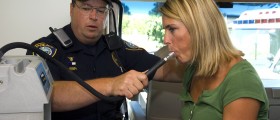
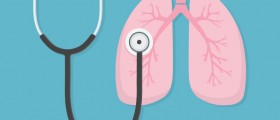



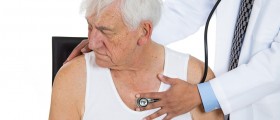


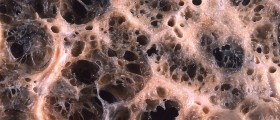

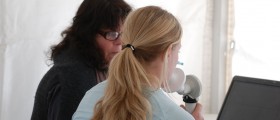
-And-Breathing-Problems_f_280x120.jpg)
Your thoughts on this
Loading...